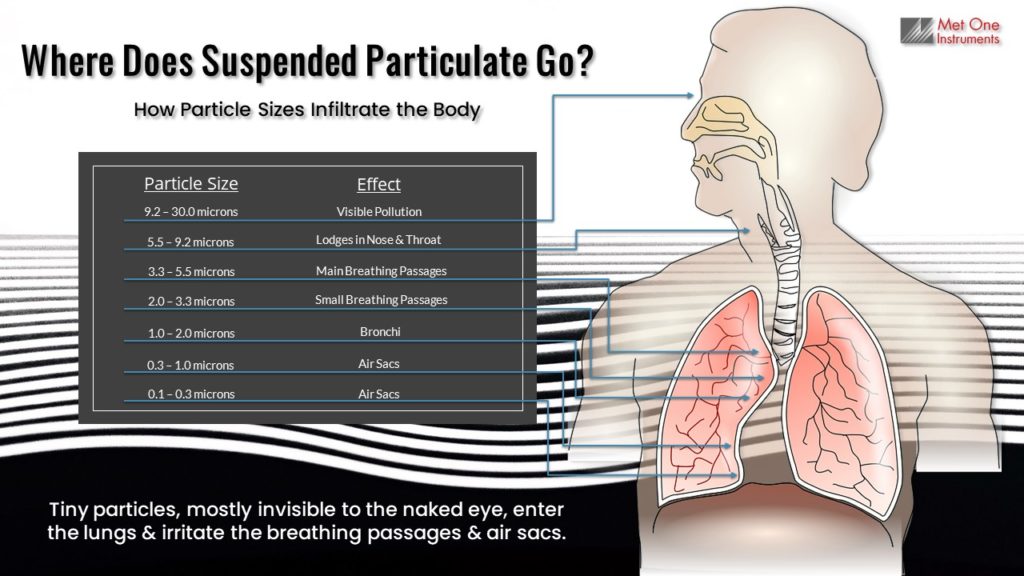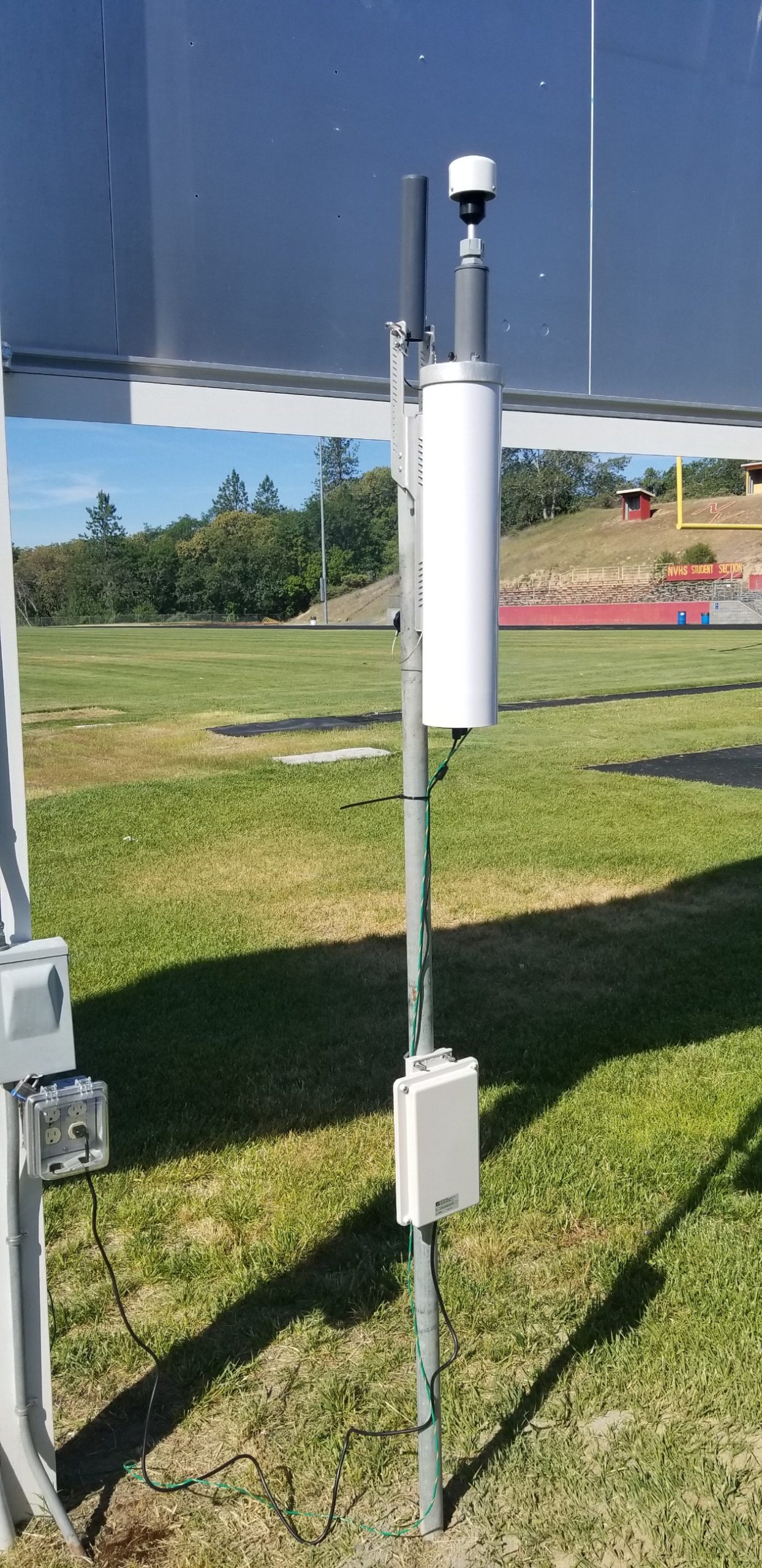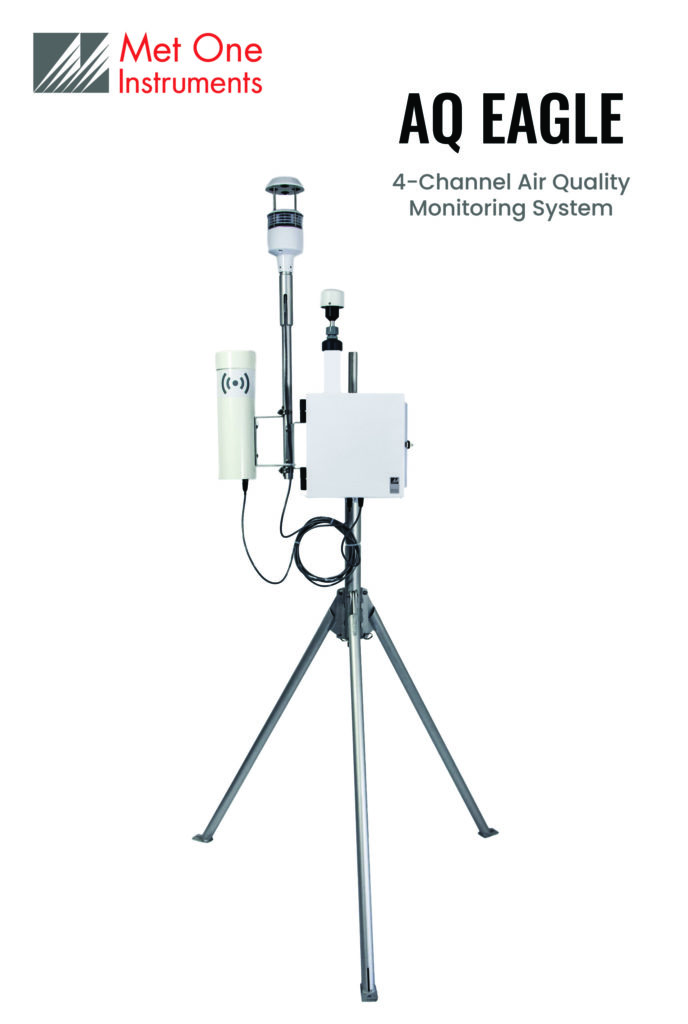Particulate Matter Monitoring Solutions for Facility & Maintenance Managers
How important is the air quality of your building? Indoor air quality is a perfect example of ‘Seeing isn't always believing.'
Indoor air pollution, often invisible to the naked eye, is ranked as one of the top five environmental risks to public health.
Implementing an indoor air quality monitoring routine provides a healthier, safer building environment and can assist in mitigating the negative effects associated with indoor air pollutants.
Numerous studies have shown that indoor air has a massive impact on human health:
- Approximately 3.8 million people around the world die every year because of indoor air pollution.
- Particulate Matter is the cause of numerous respiratory ailments, including asthma, respiratory inflammation, decreased lung function, and cancer.
- Low-quality air reduces human productivity and one's cognitive ability to process information.

Particulate Matter, ‘PM,' is a mixture of solid particles and liquid droplets suspended in the air, such as dust, pollen, smoke, and soot. The particles themselves are different sizes, but the ones to be most concerned about are the smallest—10 micrometers in diameter or smaller—because they are inhaled. Inhalation of PM can damage the heart and lungs and has been linked to several respiratory disorders.
There are several sources of indoor air pollutants, but the most common include:
- Indoor particulate matter produced by wood-burning or pellet stoves, fuel-burning combustion appliances, smoking, cooking, building materials that release VOCs, household cleaners, poorly maintained HVAC systems, and pet dander.
- Outdoor particulate matter in the form of dust, pollen and other allergens, as well as PM generated by construction, or the burning of fossil fuels. Outdoor PM enters buildings via natural and mechanical ventilation.

The International Well Building Institute has developed recommendations for the amount of PM indoors to be considered safe. The PM concentration conditions to be met for safe airspace mimic those of the EPA and WHO (World Health Organization):
- Particulate Matter of 10 micrometers or less in diameter (PM10): 50 ug/m3
- Particulate Matter of 2.5 micrometers or less in diameter (PM2.5): 15 ug/m3
Met One Instruments, Inc. provides an array of instrumentation for monitoring PM indoors. Depending on the levels of assurance needed for your application, here is an offering of Good, Better, and Best indoor air monitoring solutions:
Good: The Aerocet 831 is ideal for individuals who wish to take samples at various locations throughout the indoor environment. This affordable, precision Handheld Aerosol Mass Monitor simultaneously provides five critical mass ranges (PM1, PM2.5, PM4, PM10 & TSP) in one minute from startup, offering a complete picture of PM levels in real-time.
Better: Utilize the ES-412 Portable Simultaneous Particulate Profiler together with the Aerocet 831. The near-Reference ES-412, which measures PM2.5 and PM10 simultaneously, can be mounted indoors or out for fixed or temporary continuous monitoring and is ideal for high-traffic areas. Couple readings from the ES-412 with the Aerocet 831 for monitoring verification and particulate source emission. Easily compare what the PM levels are outdoors vs. indoors with near-reference data.
For example, the Facilities Manager of Three Rivers School District in Oregon has installed ES-412‘s on athletic fields to do double duty: monitor the outdoor air for student-athletes, and compare measurements with the indoor Aerocet 831. Measurements from both devices provide a comprehensive, controlled picture of air quality in and around each school, allowing school administrators to make informed choices to protect student health.

The ES-412 Installed on Athletic Fields to Monitor Outdoor Air Quality for Student Health 
The ES-412 Installed on Athletic Fields to Monitor Outdoor Air Quality for Student Health 
The ES-412 Installed on Athletic Fields to Monitor Outdoor Air Quality for Student Health 
The ES-412 Installed on Athletic Fields to Monitor Outdoor Air Quality for Student Health
Best: For a complete picture of the air quality in an area, deploy the near-reference AQ-Eagle Monitoring System together with an ES-412 and the Aerocet-831. Take your air quality monitoring to the max. Monitor PM levels (PM10, PM4, PM2.5, and PM1 simultaneously) and meteorological conditions outside your facility and interpret the data against those samples taken indoors with an ES-412 mounted in common areas and the Aerocet 831 for spot-checking. All in real-time. This three-prong approach provides comprehensive, accurate data to better understand the impacts outdoor conditions have on indoor particulate levels.


